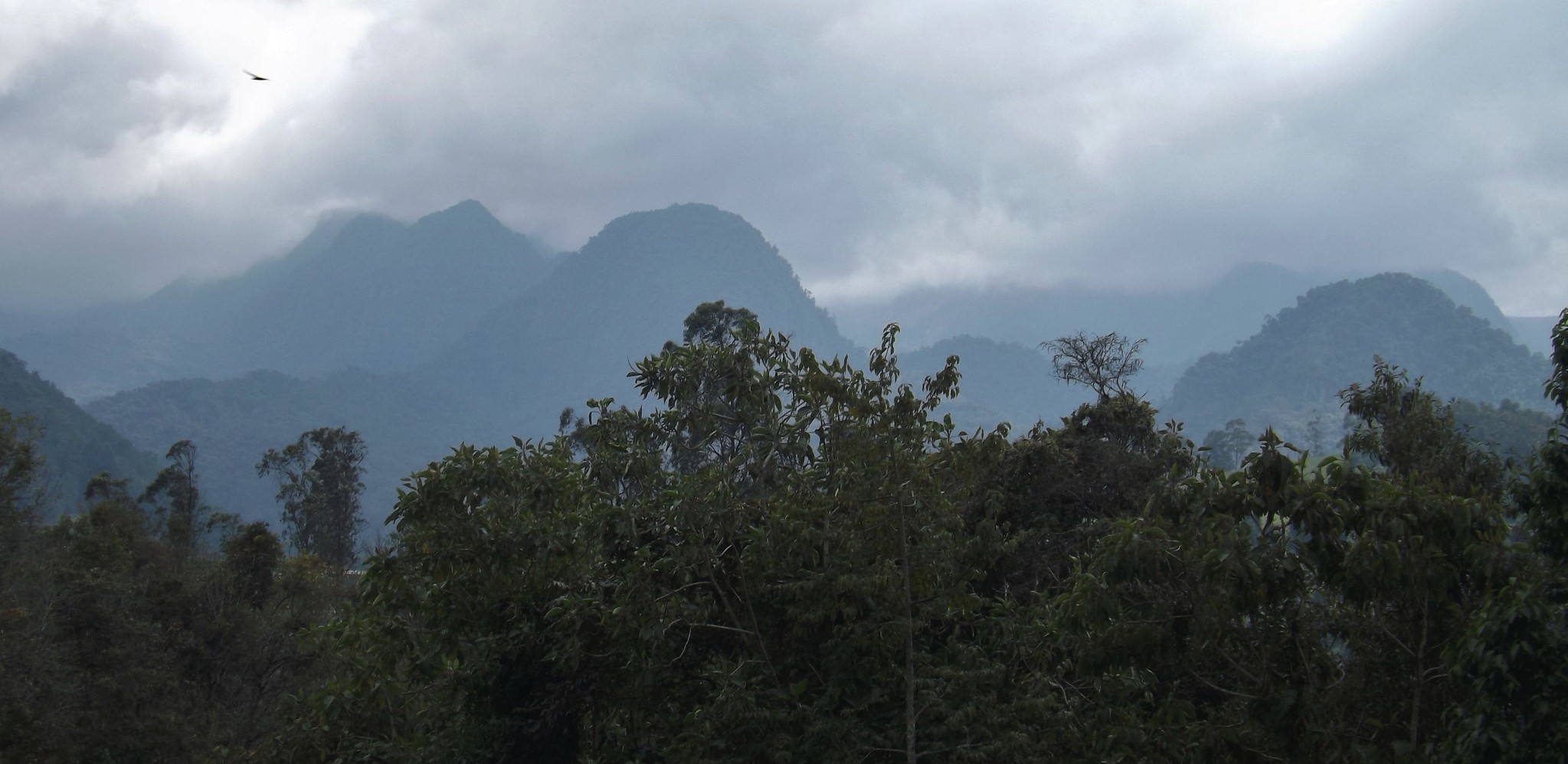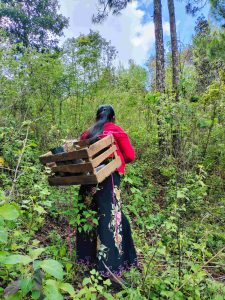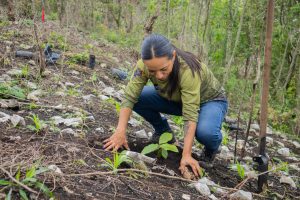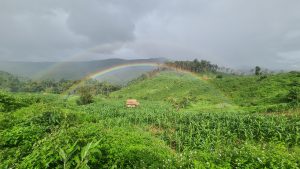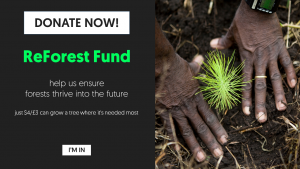Located largely in the Northern and Western Andes and the Sierra Nevada de Santa Marta, these forests play a crucial role in local water regulation and global climate resilience, storing vast amounts of carbon and capturing and releasing moisture that maintains vital downstream water supplies. These forests are home to a myriad of endemic species, including over 300 bird species, 183 mammal species, and 3,000 plant species.
However, they are under threat from deforestation and agricultural expansion, leading to significant habitat fragmentation. Conservation efforts are ongoing to mitigate human-wildlife conflict and protect habitat vital to important species. Local conservation organisations are pivotal in these efforts, promoting coexistence through community engagement and education.
Threats and challenges
Agricultural expansion, including cattle ranching and illicit crop cultivation are major causes of deforestation and habitat fragmentation in the Andes. Broken patches of remaining forest make it difficult for wildlife to thrive and biodiversity is therefore reduced. Another challenge is the proximity of human settlements to cloud forests which often leads to conflict with local species, resulting in harm to both people and wildlife and complicating conservation efforts. Illegal activities such as logging, mining, and hunting further threaten the cloud forests by destroying habitats and introducing pollutants with long-lasting impacts.
Climate change also poses a serious threat to these ecosystems. The unique microclimates of cloud forests depend on consistent moisture levels from cloud cover, and alterations in weather patterns can disrupt these ecosystems, leading to altered hydrological cycles.
Unique biodiversity
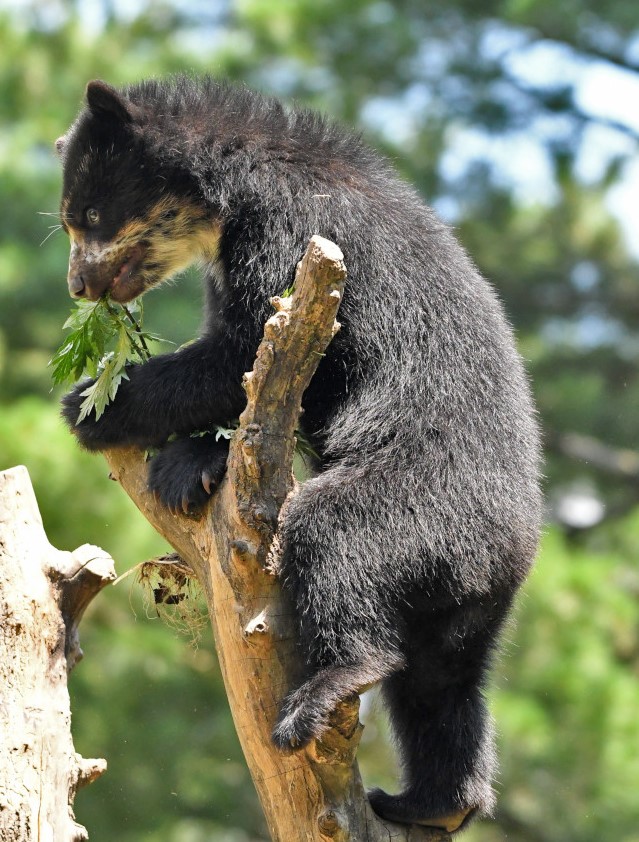

The inspiration behind much-loved fictional bear character, Paddington, the Andean bear (also known as the spectacled bear) is the only bear species native to South America. Adult Andean bears can reach lengths of five to six feet. These bears are easily recognized by the distinctive white or cream markings around their eyes which give them their "spectacled" appearance.
Andean bears are arboreal, often nesting in trees where they eat and sleep. They inhabit the Tropical Andes, with populations found in Bolivia, Colombia, Ecuador, Peru, and Venezuela. Unfortunately, their numbers have dramatically declined due to deforestation and hunting, particularly from conflicts related to cattle and corn production. Currently, the International Union for Conservation of Nature (IUCN) lists the Andean bear as Vulnerable, with fewer than 18,000 individuals estimated to remain in the wild.
Conservation efforts are crucial for the survival of this species. Camera traps help conservationists to monitor and study Andean bears and the photos are key in helping to make the case for the conservation of the species and its habitat. Not only can they determine how many bears are in the area, but also observe aspects of their behaviour and physical condition.
Working together to save these forests
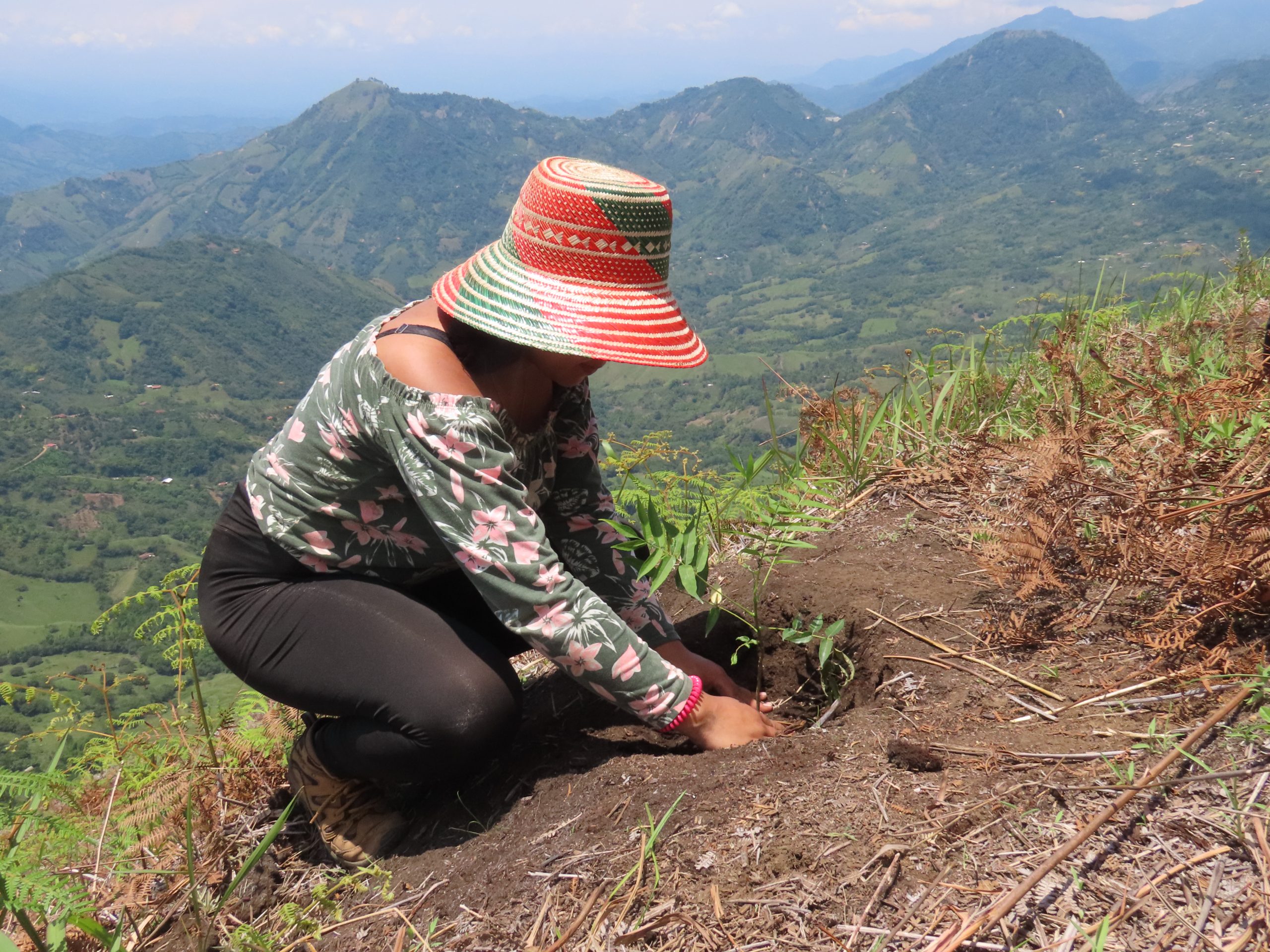
Protecting Colombia’s forests is a collaborative effort that unites the protection of nature with community-led conservation. For example, in the recently expanded Cuchilla del San Juan protected area, WCS works closely with local farmers who are sustainably managing their land and whose conservation efforts are rooted in local knowledge and participation. This initiative not only safeguards critical ecosystems but also supports community livelihoods, creating a future where both nature and people can flourish. As Manuel Rodríguez, Conservation Areas Lead at WCS Colombia, says, “The expansion process and our commitment to supporting effective management of the area is an opportunity to work hand in hand with local farming communities to realize the benefits of a protected area that allows for the sustainable use of biodiversity.” You can learn more about this project here.
In the Paraguas-Munchique cloud forest, BirdLife International partner, Asociación Calidris has been involved in many community initiatives such as environmental education, promoting and leading citizen science in the country, and encouraging other local participation in conservation actions. Projects have supported direct conservation activity to protect four globally threatened bird species, protecting these species’ habitat, reducing deforestation rates in the area, and helping set communities on sustainable economic development pathways. Calidris also laid the groundwork for the Western Andes Birding Trail, which includes birdwatching sites in the Paraguas-Munchique conservation corridor. With its goal of helping local communities derive economic benefits from biodiversity conservation, the project has funded field work, community outreach, marketing and fundraising initiatives. Read more about this project here.
Through efforts such as these, there is hope that the majestic cloud forests of Colombia, with their incredible biodiversity, valuable water sources and vast carbon storage capacity, can be restored and preserved for generations to come.

